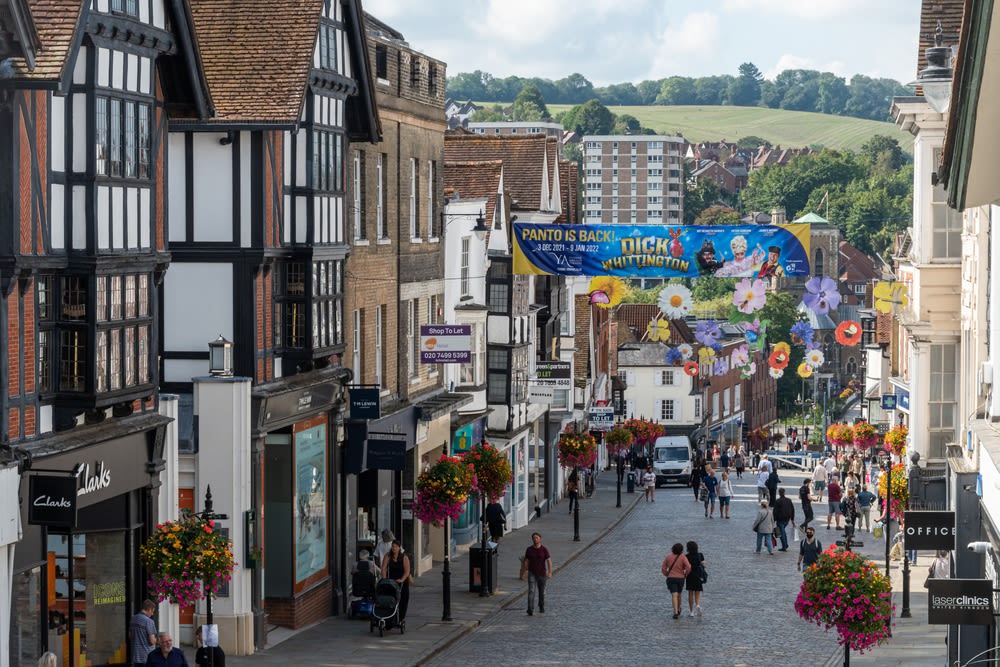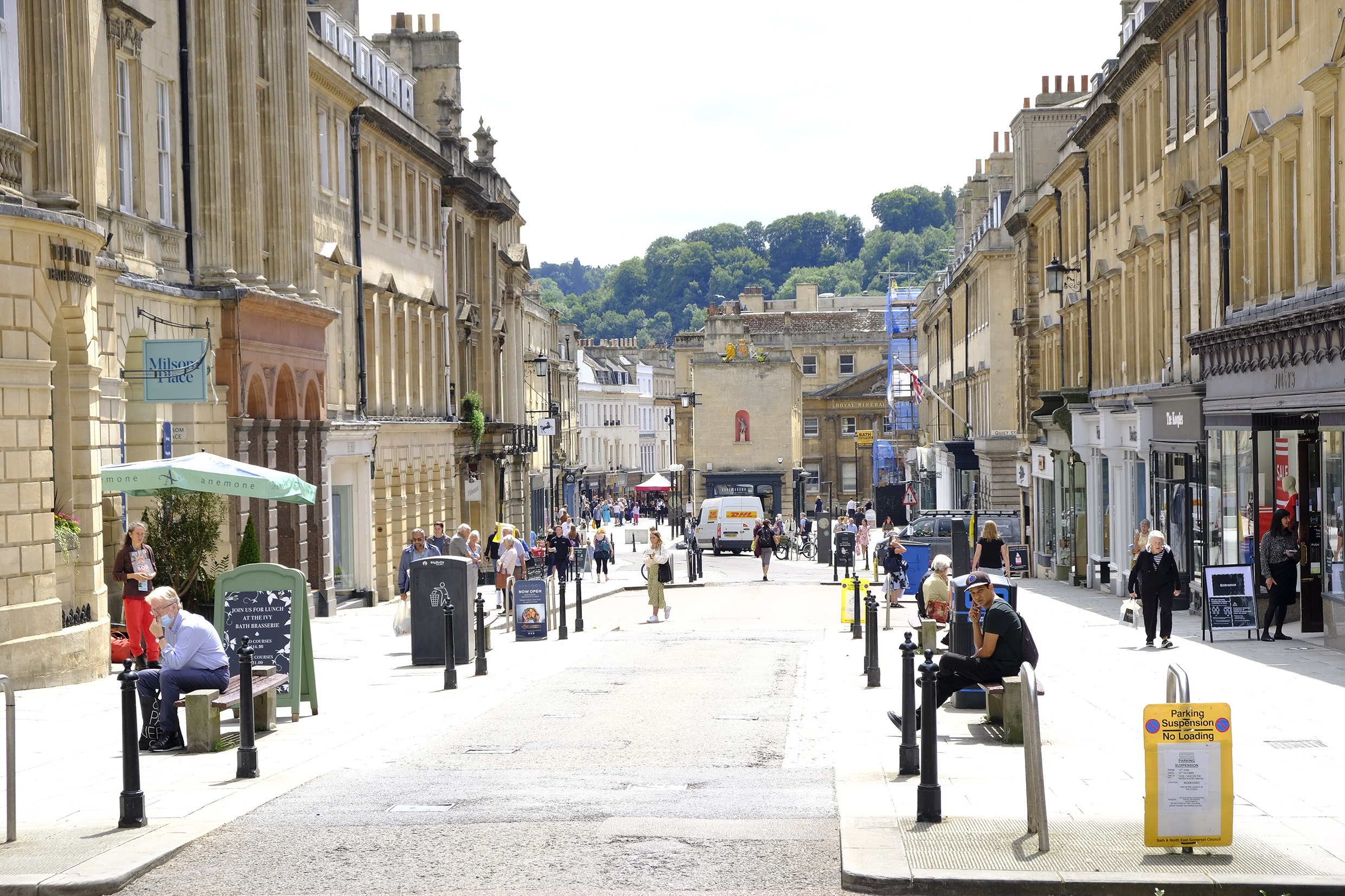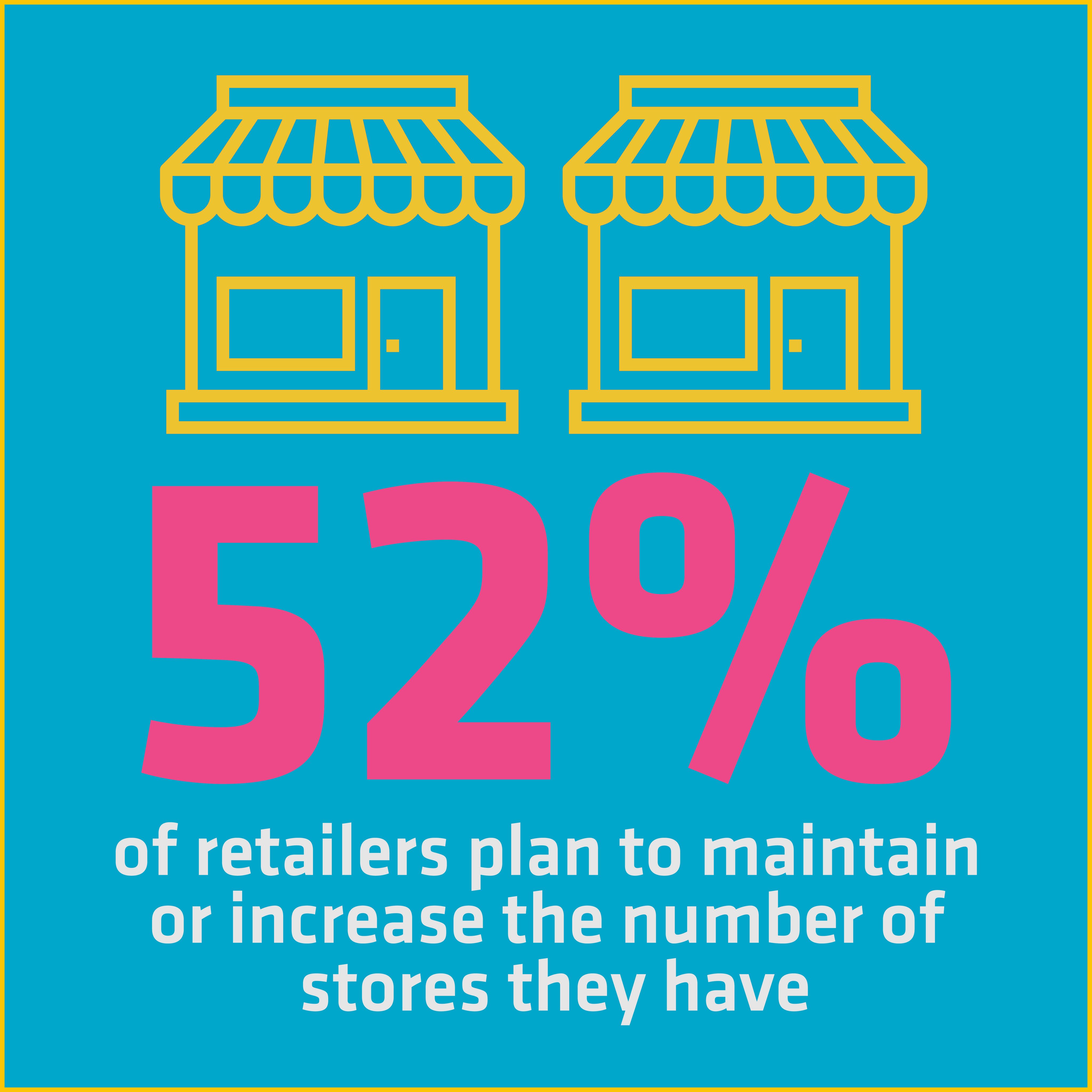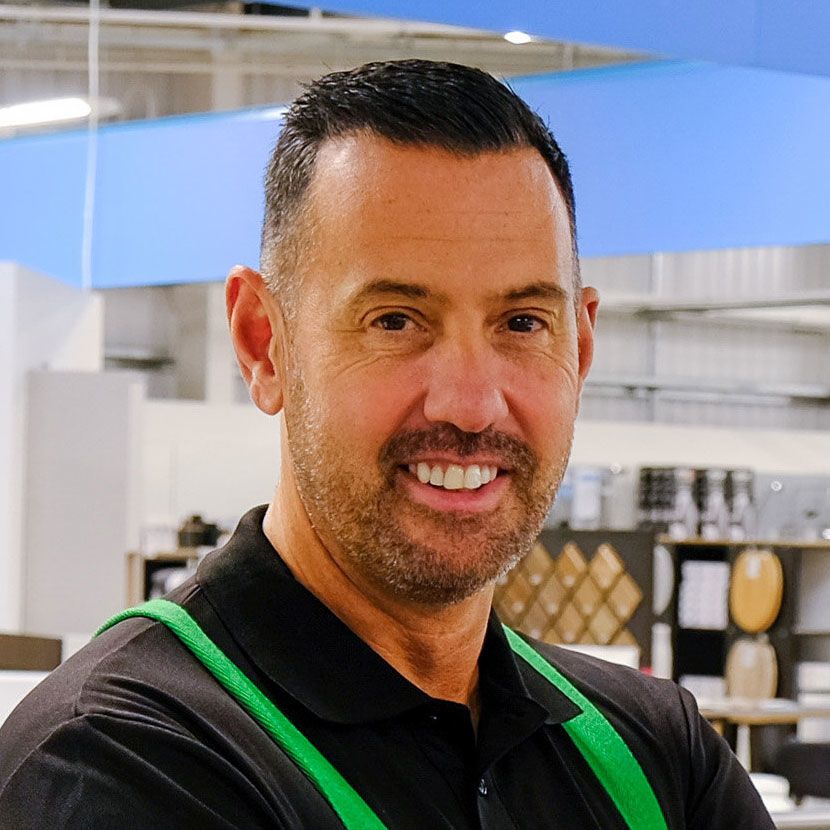4. Changing footprints (COPY)

4. Changing footprints: the store in 2022 and beyond

Stores are playing an increasingly varied role for retailers – but for many, they are still the driving force of the business.
The leader of one supermarket chain says: “Eighty to 85% of all our customer spend goes through the shops, so [they are] incredibly important. I don’t see that changing in a very significant way for at least 10 to 15 years.”
For others, however, stores are changing – and it might be a good time to experiment or expand. Several retailers mentioned the proliferation of good deals on the high street as landlords work to fill the space left by the departure of chains such as Debenhams and Topshop.
The chief executive of a fashion retailer says: “Some areas where we haven't gone in [yet], we're being offered some great deals on.”
Rachel Osbourne, chief executive at Ted Baker, agrees: “We believe that the landlord property market is quite flexible at the moment. You can get a decent deal, which means you can basically do very short-term leases.”
Portfolios and location: The rise of local shopping
As the role of the store changes, so too are store portfolios. For many, turnover-linked rent has become a requirement as a protection for future profitability. For others, a change of strategy is in play. “[We’re opening in] big city high streets, for example Oxford Street in London. It’s about the accessibility and that we get a better reach,” says the leader of a homewares retail chain.
Retailers who are opening stores in big city locations are in the minority, however – many more are planning to open on local high streets. Nearly half – 49% – of our leaders plan to open on local high streets, compared with just 26% in big city high streets such as Oxford Street, London.
Consumer requirements for convenience stores are changing, with more people using them to shop for groceries, beer and wine – this has implications for store layout and the technology used
The shift to local shopping away from big cities is clear for a number of leaders. One fashion retail boss says: “We're seeing the high streets performing a lot better than our major city centres, the larger stores. So, you know, for us, with a predominance of local stores, we really believe that will play into our hands.”
Waterstones managing director James Daunt agrees, saying: “Our local shops, the market town small high street shops, have boomed, and the metropolitan city centre shops have declined. Because of the nature of our estate, and the fact that we are so heavily penetrated into local high streets, it's been very positive.”
One leader of a convenience shop and newsagent group says he thinks the business will “continue to benefit from increased local shopping, being a convenience store retailer”. He adds that consumer requirements for convenience stores are changing, with more people using them to shop for groceries, beer and wine – this has implications for store layout and the technology used.


Staffing plans

While many store teams spent much of 2020 and 2021 on furlough, it is heartening to hear that most retailers are not planning to cut store staffing levels. Two-thirds say their stores in the near future will have roughly the same number of staff per store, and a further 9% plan to increase staff. Just 11% plan to reduce the number of staff per store.
However, the store opening rate is slowing for many. Seasalt chief executive Paul Hayes says: “In 2009, the role [of the store] probably accounted for about 52% of our sales. Going forward, certainly over this next period, it's probably more likely to be around 30% to 35%. Once upon a time, we were opening 10 stores a year, which we certainly won't be doing. It's probably more likely to be two to three.”
The CEO view: How the role of the store will evolve

Beth Butterwick, chief executive, Jigsaw: “We've got fewer stores but we're focused on doing them up so they're beautiful environments. We’re upskilling our colleagues in stores to sell products, to be style advisors, to talk to customers in a way that's unique to them, not just in a shop selling stuff.”
Panni Morshedi, chief operating officer, Beauty Pie: “The hybrid model of retail-online will be key. We do want to have physical retail but very much in the manner of pop-ups. We’re not reliant on them to sell but as a marketing channel.”


Cycling apparel retail chief executive: “It’s a place for customers to engage with the brand, the sport and each other. It’s content, commerce and community all combined.”
Fashion retail chief executive: “I think the biggest difference will be that we'll probably have fewer of them. [They will be in] local markets, definitely holiday destinations, and their emphasis and focus will be as much about convenience as experience.”


Mark Saunders, chief executive, Mamas and Papas: “It's around education, knowledge, sharing, experience. Particularly for new parents, first time round, it's a fairly daunting prospect, pregnancy and impending parenthood. And a point of reference, somewhere to go to where there are experts, who can say, 'This is what you need, this is what you don't need yet.’”
Peter Pritchard, group chief executive, Pets at Home: “We expect stores to play an even more significant role in the years ahead as we use them not just for places to shop but also places where we provide services, so vets, grooming, etc. And we use them as places for people to collect stock from as well.”


Fashion retail chief executive: “Going forward, clearly the role of the store has to be two things. It's for brand engagement and it becomes a distribution channel.”
Ian Watson, chief executive, Hotter Shoes: “We are starting to trial a technology-led store with limited inventory, and if that is successful within the next three years, we will just use our stores as technology centres with zero inventory. So, we will have 3D foot scanning, and we will have augmented reality, so people can try the shoe on, or style, without physically putting the shoe on their foot.”


Bridget Lea, managing director for commercial, consumer division, BT: “The role of the store in our industry has been quite transactional and functional. We see that changing quite significantly over the next three years to more inspirational places helping people get more comfortable using technology, social spaces for local communities. We want our spaces to be real hubs in the community in the future and less so about needing a new device.”
Damian McGloughlin, chief executive, Homebase: “In a world where consumers can order products to their door at the click of a button, a physical store has to offer something more than just the items it sells. It needs to be an engaging and inspirational experience with plenty of creative ideas that don’t necessarily have as much of an impact online.”

Like what you read?
120+ speakers will gather in May to discuss these topics,
and so much more.
Book your ticket today


